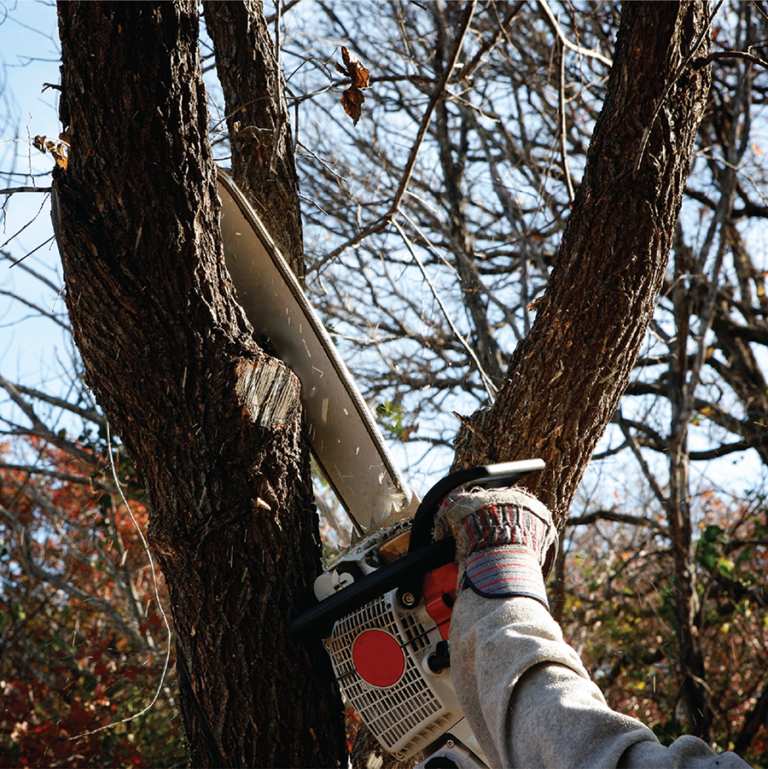There’s not much time left to prune your oak trees this winter, especially if you want to minimize the chance of oak wilt. During the coldest days of the year, the beetles that carry the spores of the oak wilt fungus are very few and unlikely to fly.
 Pruning is done for three reasons (in order of importance): safety, tree health and appearance.
Pruning is done for three reasons (in order of importance): safety, tree health and appearance.
Some helpful dos and don’ts:
- Prune narrow branch junctions that are V-shaped; these are structurally weak, especially if two or more of the branches are of equal diameters. Long branches that have been repeatedly stripped of their lateral branches should be shortened or removed completely.
- Look for the “3-D” branches — dead, diseased and dying. These are a source of illness and insects, as well as a food source to attract more disease and insects.
- Never cut through the branch collar. This donut- shaped ring at the junction of two branches or trunks is a zone of specialized cells and chemicals that reduces the potential for decay and disease.
Finally, always paint fresh oak wounds — this is a must to preventing oak wilt. You don’t need to paint the wounds for elm, ash, sycamore, pine, tallow or pecan trees.